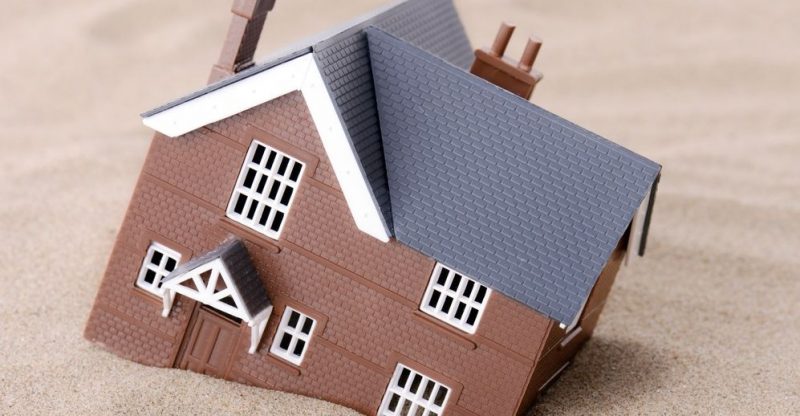Household Debt Peaks New Level
An amount of $28.4 billion was borrowed by Canadian households in the fourth quarter of last year, it was $9 billion more than in the third quarter. Statistics Canada seasonally adjusted data showed that the mortgage lending was increased $1.2 billion to $18.9 billion while non-mortgage lending increased $8.5 billion quarter-above-quarter to $9.5 billion. For every dollar of extra cash, the household debt ratio to disposable revenue was 167 per cent to $1.67 of debt, with a 1.1 per cent gain in disposable income, which was beaten by the 1.2 per cent increase of the consumer credit market.
Equifax Canada gave a different report which showed a 6 per cent year-over-year increase of $1.718 billion of consumer debt in the last quarter of last year. More debts are being taken on with the 37 per cent increase in borrowing, while 46 per cent of consumers is lowering their debt. Installment loans sectors and auto loans also increased by a mild 8 per cent, excluding mortgages.
Senior Director of Data & Analytics at Equifax Canada, Regina Malina, said; “Demand for credit is increasing in Ontario, New Brunswick, and Nova Scotia. It’s too early to call it a trend, but there’s also a renewed appetite for credit in Western Canada. All four provinces saw increased credit inquiries at the end of 2016.” Alberta oil patch area continues to see an increase in felonies, including in the Eastern and Western regions, Saskatchewan and Newfoundland, most especially in the credit card section.
Seniors’ debt showed to have gone up the most by 6.1 per cent year-over-year as Equifax figured revealed, while the 36-45 age group seems to have a mild increase of 1.8 per cent, together with younger millennials (up by 1.9 per cent). Debt for older millennials increased by 2.7 per cent. In total, Equifax mentioned the average debt for the final quarter of last year increase by 3.1 per cent year-over-year to $22,113 throughout Canada.





